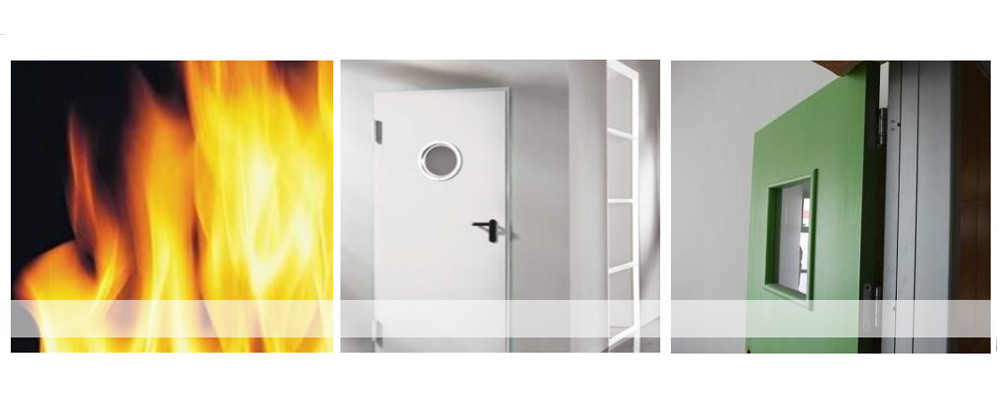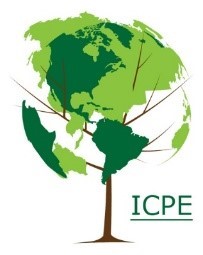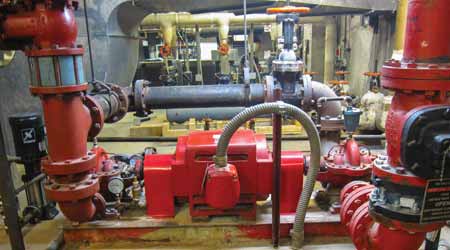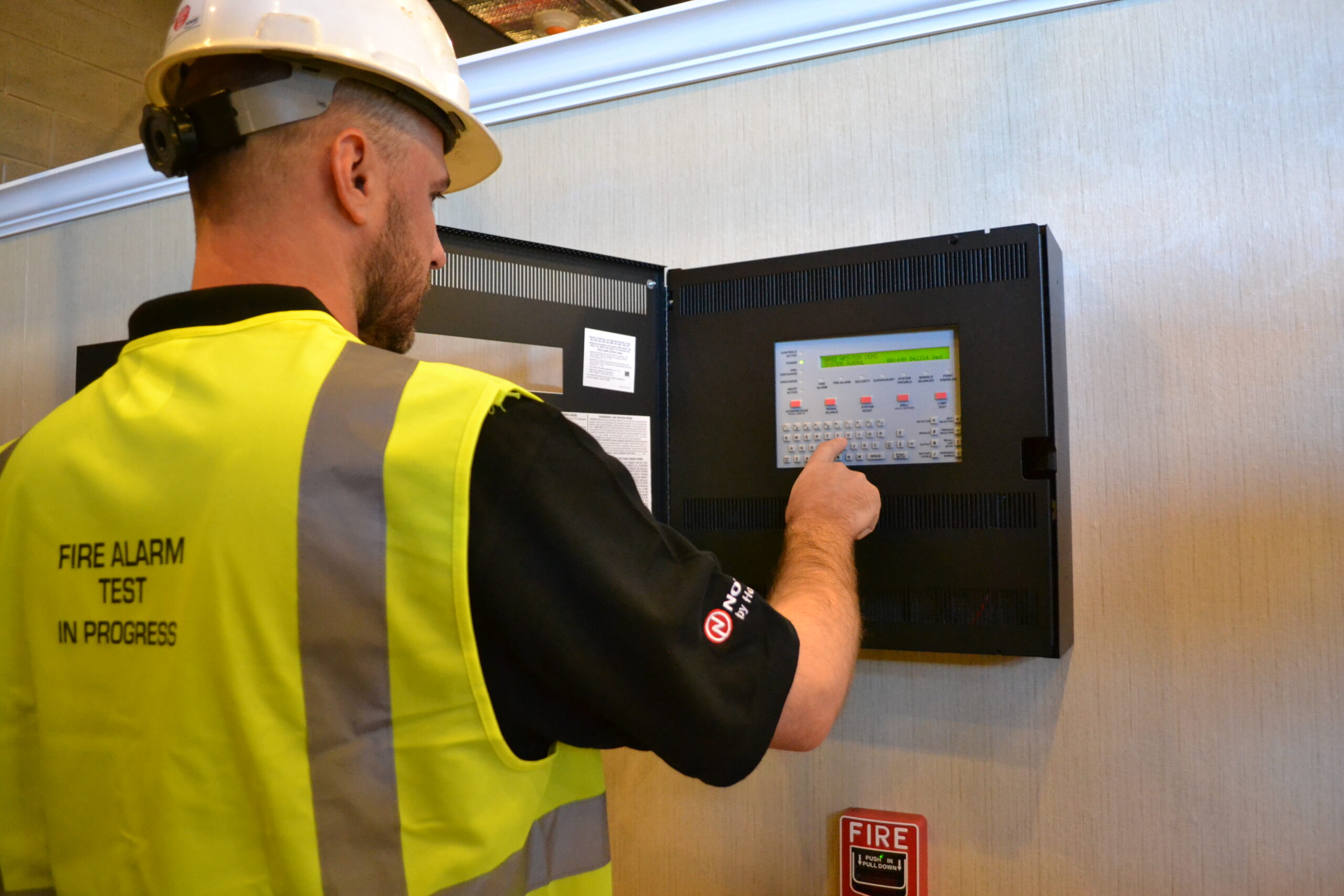
With the advancement of modern technology, it has become much easier to manufacture energy efficient machinery and appliances that can help us reduce our massive energy consumption. Besides home appliances, energy efficient strategies have also found application in factories, transportations, and buildings. For example, the Mundy’s Bay Public School in Midland, Ontario, Canada, uses a thermal energy storage principle. The school features a ground-source heat pump and heat recovery ventilation. This method captures natural heat and uses it for heating and cooling.
Economic benefits
While the benefits of energy efficiency are well-known, the potential to reduce costs and pollution is much greater. Moreover, energy efficiency investments have the potential to mitigate the negative environmental impacts of increased energy demand. It is therefore essential to invest in energy efficiency measures to reap the greatest social returns. However, empirical evidence on the extent of these benefits is scanty. Governments, however, can stimulate these investments through policy interventions. The following are the main economic benefits of energy efficiency.
The number of jobs created by energy efficiency measures depends on the total amount invested. In 2015, the U.S. government spent $8.2 billion, or nearly half of the potential increase in economic growth. By 2020, however, the average allowance value will be $7.2 billion, generating approximately 120,000 jobs per year. Hence, these figures are cumulative, and the total jobs generated by energy efficiency programs should not be viewed as a single-year figure.
The reduction in energy demand due to improved energy efficiency can increase access to additional energy services and create jobs. However, it is important to consider the rebound effect when calculating the reduction of energy demand. The savings realized through reduced energy usage can be directed to value-adding activities, creating a positive rebound effect. Further, improved energy efficiency will also reduce the cost of energy. This benefit is even greater if it translates into improved productivity and employment opportunities.
Another benefit of energy efficiency is the reduction in demand and intermittency of electricity services. Carranza and Meeks (2021) document these positive externalities. High saturation of energy-efficient light bulbs, for example, alleviated congestion and reduced the frequency of power outages. The same effect occurs in other sectors, such as manufacturing, which are impacted by electricity prices. It also reduces greenhouse gas emissions. This is a win-win situation for society.
Energy savings are the most tangible benefit of energy efficiency investments. A household’s total WTP for efficiency improvements should reflect the discounted gains for each consumption period over the lifetime of an appliance. In other words, the utility-maximizing consumer should adopt energy-efficient technologies when the discounted private benefits outweigh the costs of investment. In fact, a sizable literature has been produced on the subject. However, the evidence remains inconsistent. Therefore, additional research is necessary to better understand the extent of the benefit of energy efficiency investments.
Jobs in energy efficiency
The Energy Efficiency Jobs Report from the National Association of State Energy Officials and the Energy Futures Initiative, a nonprofit think tank, says that over the last five years, energy efficiency has created more than 400,000 new jobs – the same number as law enforcement or wait staff at a bar. According to the report, the energy efficiency industry supports more than six million jobs and is predicted to continue growing. In 2016, there were approximately 6.8 million jobs in the energy industry, and over 120,300 of those jobs were in energy efficiency.
Regardless of the industry’s growth in recent years, energy efficiency jobs are growing at a steady rate, and they pay significantly above the national median. While this field has always been a desirable field for some people, it’s not for everyone. However, there are certain demographics that are particularly well suited to work in this field. To make the industry more inclusive of more people, the energy efficiency industry must improve its workforce diversity.
The energy challenges of the past decade are creating new career opportunities for professionals with experience in energy economics, policy, and management. According to the EESI, employment in energy efficiency jobs is expected to grow by seven percent in 2016, and there are currently more than 260,000 such jobs in the United States. In Rhode Island, clean energy employment has grown by 40 percent, and energy companies have trouble filling these positions. That’s why many jobs in energy efficiency are currently unfilled.
Careers in energy efficiency involve the study of renewable and natural resources. They involve problem-solving skills and research to develop new methods to conserve energy and make our lives more comfortable. In addition to reducing pollution, energy professionals help the planet by developing renewable energy and building and manufacturing clean energy homes and vehicles. It’s important to note that these positions require a lot of experience and are not suitable for those with less experience. However, many students have an interest in energy efficiency and are exploring this career option.
As energy efficiency investments create net gains in employment, they also benefit the construction industry and support industries. Energy bills are reduced, freeing up funds to support additional employment. Thus, energy efficiency investments also support the economy by alleviating systemic unemployment. The economic multiplier effect of energy efficiency makes it a positive investment for our economy. And by reducing energy bills, we can create more jobs, which is a win-win for all concerned.
Greenhouse gas emissions reductions
By increasing energy efficiency, buildings can save money and cut GHG emissions. The US produces approximately a third of its energy-related carbon dioxide emissions from coal, natural gas, and nuclear power plants. By improving energy efficiency in homes, buildings can reduce their demand for energy generated by these carbon-intensive power plants. Here are some practical measures for improving home energy efficiency. Achieving these goals will reduce the amount of electricity used by a building by nearly two-thirds, and will save millions of dollars in the long run.
Electricity generation is the leading source of greenhouse gas emissions. Transitioning to renewable energy sources such as wind, solar, and geothermal power is key. These renewable resources currently account for only about 10 percent of the U.S. energy supply. However, if energy efficiency were at its current level, emissions would have been 4 gigatonnes CO2-equivalent higher in 2017.
Compared to other forms of energy production, renewable energy sources are the most efficient. In 11 of the EU-28, energy efficiency is associated with a reduction in GHG emissions. By 2050, energy efficiency will contribute to up to one-fifth of the growth of GDP. By 2050, the United States will need to use more renewable energy sources than it does now. The United States will likely lead the way in the global fight against climate change.
Increasing energy efficiency in homes and commercial buildings will not only lower emissions, but also improve the performance of other solutions such as electric heat pumps. Government policies and incentives can deliver up to $700 billion in energy savings by 2050. These policies could create jobs, boost grid resilience, and improve public health. The government must start now. So, make the most of these opportunities to reduce carbon emissions and save money. The future of the world is in your hands.
Increasing energy efficiency is an essential part of meeting climate targets. While the United States has made some progress on reducing greenhouse gas emissions, progress has been uneven in many areas. Some states have reduced emissions by fifty percent or more. Others have even increased their reductions. In addition to this, many states have joined the Regional Greenhouse Gas Initiative. While this agreement is not legally binding, it has led to a reduction of emissions in the power sector.
Financial incentives
Incentives for energy efficiency vary from state to state, but in general they cover up to 50% of the total cost of an energy-saving project. Some programs provide 100% funding for domestic hot water efficiency and instant energy-saving measures. You can often find special deals through diligent research. After you pay for the equipment, the organization gets title and reduces its cash. Interest expense is tax deductible. Moreover, energy-saving measures can lead to a positive cash flow.
The financial incentives for energy efficiency may include copayments, discounts, grants, loans, and tax credits. If offered through state agencies, they are often funded through a public benefits charge that appears on your utility bill and goes into a trust fund to help low-income residents with energy-efficiency upgrades. In addition to providing copayments, incentives may also include a lump-sum payment discount. And, if your energy-efficient upgrade costs more than you anticipated, you may be eligible for a tax credit.
While these programs vary in their details, most offer financial incentives for HVAC systems, water heaters, building insulation, lighting, and appliances. Additionally, some programs also provide tax credits and rebates for weatherization and lighting upgrades. To learn more about the specifics of each program, visit the Department of Energy’s website. There, you can find a list of all available incentives and how you can benefit from them. The Department of Energy website provides information on different tax credits and rebates for energy-efficient projects.
The first step in taking energy-saving measures is to find out which utilities offer incentives. Many energy-efficient projects are relatively inexpensive and require only minimal financial investment. Nevertheless, there are also significant financial investments involved in these projects, such as the installation of new insulation and improved heating and cooling systems. Renewable energy projects offer financial incentives for this work as well. It’s not only good for the environment, but also for your budget and your employees.
While government plans may offer cash rebates or credits, they may be counterproductive and may cause a “boom and bust” scenario. Incentives should be designed to provide value to consumers and avoid market distortions. If successful, incentives should be accompanied by private investments and partnerships. There are several successful incentive models, domestic and international. A robust research of incentives will allow policymakers to choose the right ones for their needs and goals.









